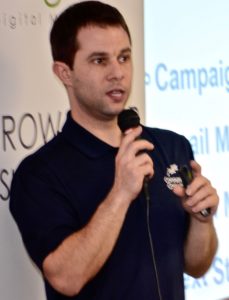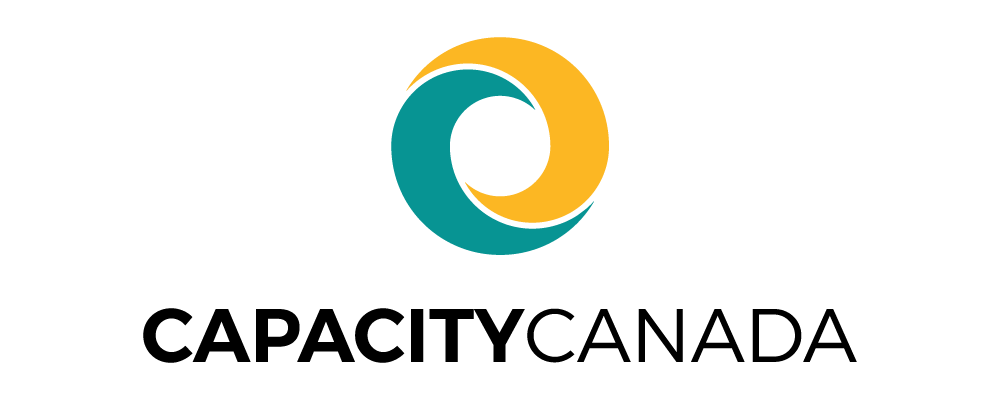|
Getting your Trinity Audio player ready...
|
There are lots of opportunities in the digital world for charitable non-profits to connect with people.
And most of them are missed.
So, this week Capacity Canada and the Waterloo Region Small Business Centre did what organizations do when there’s a problem: They called in the experts.

“Online is unstoppable,” Paul Nazereth told attendees Jan. 31 at the Constant Contact Non-Profit Marketing Summit.
Held at the main branch of the Kitchener Public Library, the summit swooped in for a closer look at tools that charitable non-profits tend to underuse, or badly use: social media, email and the means of making it easy for people to donate online.
“If they can’t reach you, they can’t give you money,” said Nazereth, vice-president of community engagement with CanadaHelps. CanadaHelps does just that — help non-profits in the charitable sector build profile and drive donations.
These days “reach” means many things, the summit’s experts said. It’s all hip-bone-connected-to-the-thigh-bone stuff: a pitch through email can be amplified by postings on Twitter, Facebook and other social media channels.
That, in turn, loops back to an organization’s website, where — in an ideal world — the giving is easy.
But it usually isn’t, Nazereth said, pointing out that staff of charitable non-profits are often the sharpest critics of their own organizations’ websites.
Websites suffer from stale information, missing financial statements and hard-to-find — if they exist at all — donation buttons. Instead of quick and friendly ways of making contact with someone, web visitors often encounter a form they are obliged to complete before they can connect.

The ubiquitous smartphone, meanwhile, has added another imperative.
“How you communicate has to be mobile,” he said of the need for online content to format nicely for phone viewing. “If it’s not, you’re in the dust.”
The key, the summit was told more than once, is strategy: Social media, email and websites generate data — details such as likes, visits and whether people have opted in or out of a piece of email.
“It’s what you do with these metrics that makes all the difference,’’ said Vito Marchese, a designated expert for Constant Contact, an email management and marketing service used by 700,000 customers worldwide.
Non-profits would do well to study that data to plan what to send out, and how. For example, the social media channels people use can change through the day, said Shubhagata Sengupta, Capacity Canada’s social media co-ordinator. Data takes the guesswork out of capitalizing on those shifts.

The summit’s presenters left attendees with plenty of tips, including:
• Don’t bite off too much with social media. Try a few channels to see what works;
• Sooner than later, establish policies governing social media behaviour. Your brand and reputation are invested in those posts;
• Build compelling email with headers that include “yours” or “you.” That simple, friendly touch makes them more likely to be opened;
• Ditch the fax machine and adopt easy and safe online tools that enable people to donate securities. CanadaHelps has one.
The first step, summit attendees were told, is to pause, look at that vast array of digital tools and carefully decide which ones to use.
“You need to make time for this,” said Mark Hallman of Evergreen Digital Marketing. “It doesn’t happen in a vacuum.”

